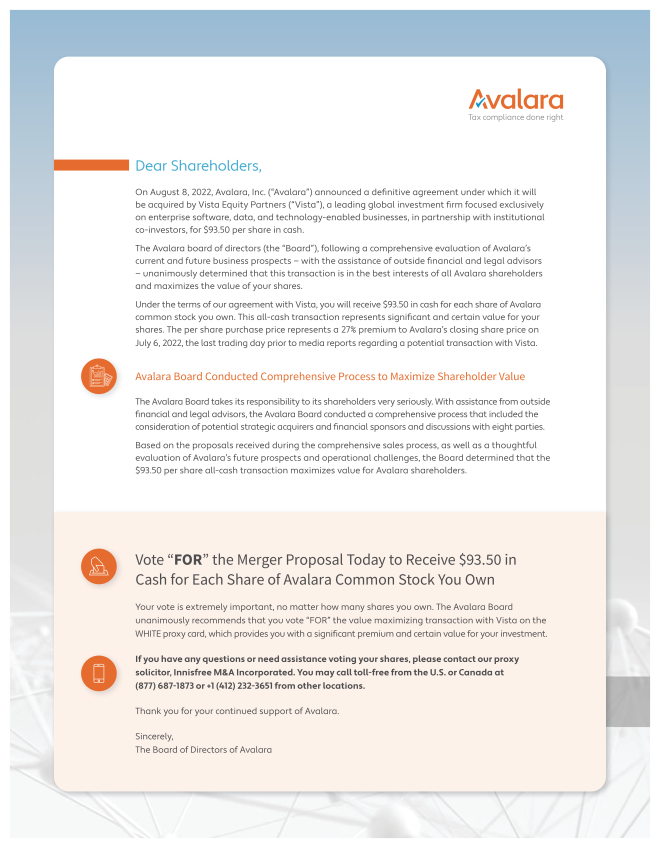Did you know that some traders spend more time deciphering broker compliance rules than actually trading? In the world of day trading, understanding how broker compliance regulations shape costs and fees is crucial. This article dives deep into the impact of these rules on day trading expenses, covering everything from how compliance regulations influence trading fees to the hidden costs that may arise. We’ll explore key compliance regulations, the effects of regulatory changes, and the implications for margin rules. Additionally, we’ll assess whether these compliance standards help or hinder your trading strategies and profitability. With insights from DayTradingBusiness, you'll be better equipped to navigate the complexities of day trading costs.
How Do Broker Compliance Rules Impact Day Trading Fees?
Broker compliance rules can limit the number of trades you can make without extra costs, often triggering higher fees for day traders. They may require higher minimum balances or impose restrictions on margin use, increasing overall trading expenses. Strict adherence to regulations can mean additional charges for compliance, reporting, and account monitoring. These rules can also lead brokers to charge higher commissions or spreads to offset compliance costs, raising the price of executing quick, frequent trades.
What Are the Main Compliance Regulations for Day Trading Brokers?
Main compliance regulations for day trading brokers include SEC rules, FINRA requirements, the PAT (Pattern Day Trader) rule, and anti-money laundering laws. These regulations ensure brokers maintain capital adequacy, proper record-keeping, and transparent fee structures. Compliance can lead to higher operational costs, which may be passed on as higher fees or margin requirements for day traders. Brokers must also implement risk management and reporting systems, influencing trading costs and fees.
How Do Regulation Changes Affect Day Trading Costs?
Regulation changes often increase broker compliance costs, which can lead to higher trading fees for day traders. Brokers pass these costs onto clients through increased commissions, spreads, or account fees. Stricter rules may also limit trading strategies, potentially raising the cost of executing certain trades. Overall, new regulations can make day trading more expensive by raising the fees traders pay to their brokers.
Do Compliance Rules Increase or Decrease Trading Fees?
Compliance rules typically increase trading fees because brokers add costs to cover regulatory requirements, reporting, and oversight. These rules lead to higher operational expenses, which are often passed on to traders through increased commissions, transaction fees, or spreads.
How Does Broker Regulation Impact Spread Costs for Day Traders?
Broker regulation increases compliance costs for brokers, which they often pass on as higher spreads to day traders. Strict rules mean more reporting, risk management, and capital requirements, leading brokers to widen spreads to cover these expenses. For day traders, this means higher transaction costs, making quick trades less profitable. Regulatory compliance effectively raises the cost of entering and executing trades, squeezing margins for active traders.
Are There Additional Fees Due to Compliance Requirements?
Yes, broker compliance rules can add fees, like higher margin requirements or account maintenance charges, to ensure traders follow regulations. These compliance costs can increase overall day trading expenses.
How Do Margin Rules Affect Day Trading Expenses?
Margin rules increase day trading expenses by requiring traders to borrow funds, which adds interest costs. When trading on margin, you pay interest on borrowed money, raising overall fees. Broker compliance rules limit leverage, often resulting in higher margin requirements, meaning more capital upfront and potentially higher borrowing costs. These rules can also lead to stricter minimum deposit requirements, which can tie up more of your funds. Overall, tighter margin rules raise trading expenses by making borrowing more costly and limiting leverage options.
What Are the Risks of Non-Compliance for Brokers and Traders?
Non-compliance exposes brokers and traders to hefty fines, license suspensions, and legal actions. It can lead to account freezes, increased scrutiny, and reputation damage. For traders, violating compliance rules might mean losing trading privileges or facing costly audits. Brokers risk hefty regulatory penalties that raise operational costs, which can be passed on to clients through higher fees. Overall, non-compliance increases financial risks and can shut down trading opportunities, making it a serious threat to day trading success.
How Do Compliance Standards Influence Brokerage Account Fees?

Compliance standards require brokerages to follow strict rules, which can increase their operational costs. These costs are often passed to traders as higher account fees, transaction fees, or margin requirements. For day traders, stricter compliance can mean added fees for certain trades, lower leverage options, or mandatory minimum balances. Essentially, the more rigorous the compliance rules, the more it can cost day traders to execute frequent, high-volume trades.
Can Compliance Rules Limit Trading Strategies and Costs?
Yes, compliance rules can limit trading strategies and increase costs. Brokers enforce regulations that restrict certain high-risk or aggressive trading tactics, which may reduce strategy flexibility. Additionally, compliance requirements can lead to higher fees or additional charges to cover monitoring and reporting, raising overall trading costs for day traders.
How Do Regulatory Fees Impact Overall Trading Profitability?
Regulatory fees increase trading costs, reducing overall profitability for day traders. These fees, charged by regulators or exchanges, add to transaction expenses, cutting into gains. Higher compliance costs can lead traders to trade less or seek cheaper brokers, impacting profit margins. In volatile markets, even small fees matter, making it harder to maintain consistent profits. Ultimately, stricter broker compliance rules and regulatory fees squeeze trading margins and influence trading strategies.
Learn about How Do Prop Firms Impact Day Trading Profitability?
Do Compliance Rules Affect Access to Certain Trading Platforms?
Yes, compliance rules can limit access to certain trading platforms. Brokers must follow regulatory standards, which may restrict or ban platforms that don’t meet compliance requirements. This can affect traders by limiting platform choices or increasing costs for using approved, compliant platforms.
How Do Broker Licensing and Regulations Influence Fee Structures?
Broker licensing and regulations set limits on fees, ensuring transparency and fair pricing. Licensed brokers must follow strict rules, preventing hidden charges or unfair practices. These regulations often lead to standardized commissions and fees, reducing unpredictable costs for day traders. Compliance requirements can also increase operational costs for brokers, which may be reflected in slightly higher fees. Overall, licensing and regulations aim to protect traders and promote fair, transparent fee structures.
Are There Hidden Costs from Compliance Regulations?
Yes, broker compliance rules can add hidden costs to day trading, like increased fees for data, reporting, and regulatory filings. These expenses often get passed down, raising overall trading costs. Some brokers might also charge extra for compliance-related services or impose higher spreads to cover regulatory compliance. These hidden costs can eat into your profits without immediately being obvious.
How Do Regulatory Changes Affect Day Trading Liquidity and Costs?
Regulatory changes can increase broker compliance costs, which often lead to higher trading fees for day traders. These rules may require more reporting, tighter margin requirements, or additional account restrictions, reducing liquidity and making it harder to execute quick trades at desired prices. As brokers pass on compliance expenses, day trading costs—like spreads, commissions, and margin fees—rise. Reduced liquidity from stricter rules can also widen bid-ask spreads, increasing the cost of entering and exiting trades.
Learn about How Does Insider Trading Affect Day Traders?
Conclusion about How Do Broker Compliance Rules Affect Day Trading Costs and Fees?

In summary, broker compliance rules significantly influence day trading costs and fees, affecting everything from spreads to margin requirements. Understanding these regulations is crucial for traders seeking to optimize their expenses and strategies. Staying informed about compliance standards not only helps mitigate risks but also enhances overall trading profitability. For comprehensive insights into navigating these complexities, consider leveraging the expertise offered by DayTradingBusiness.
Learn about How Does Broker Compliance Impact Day Trading Account Security?